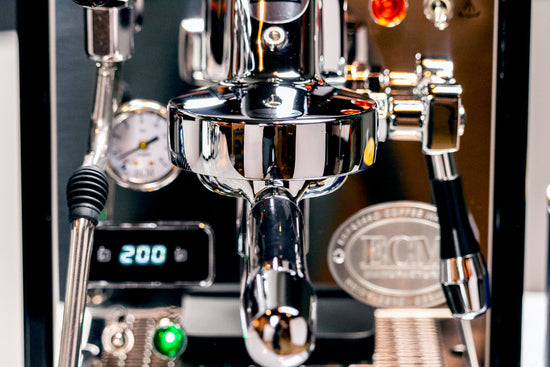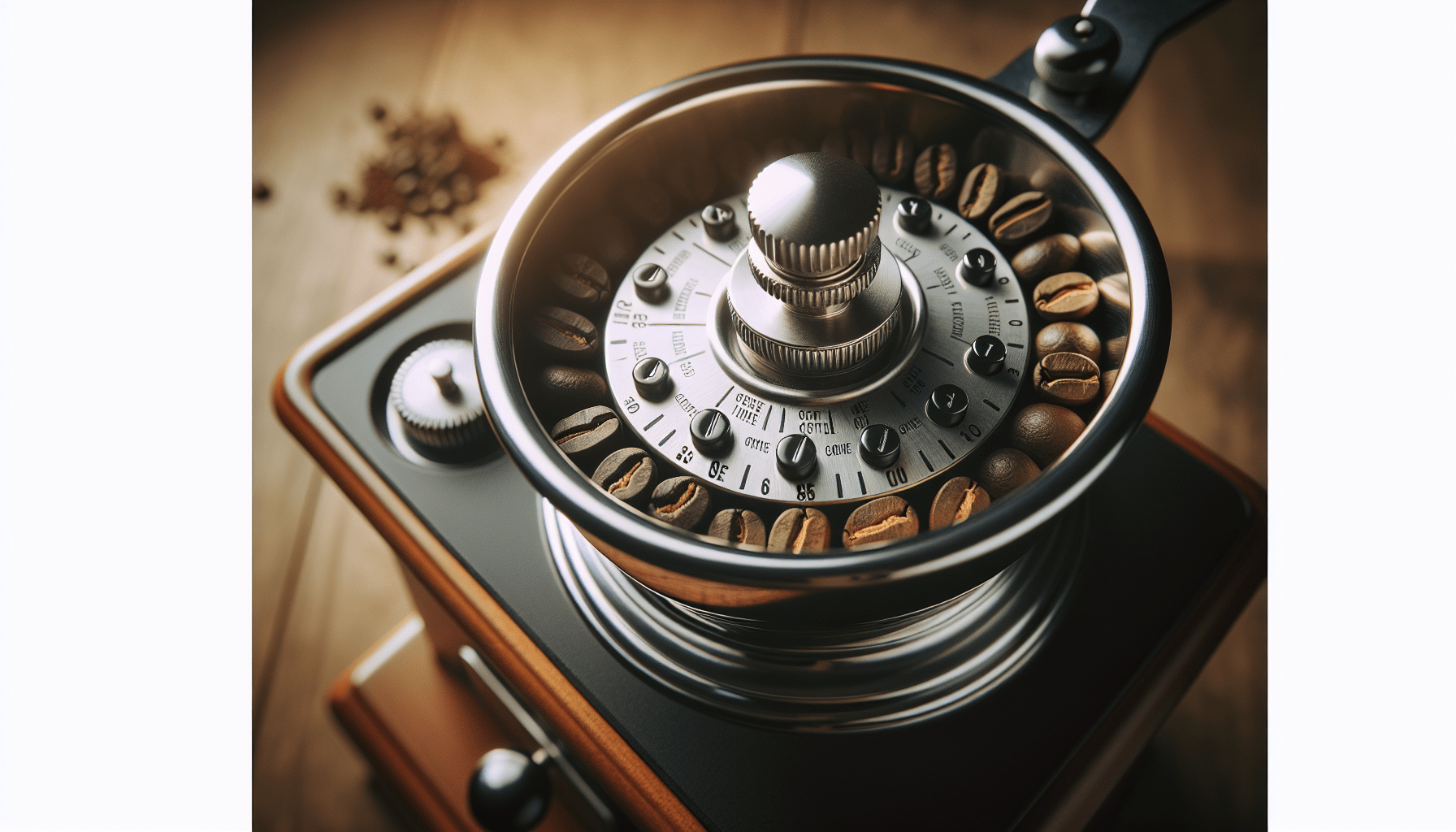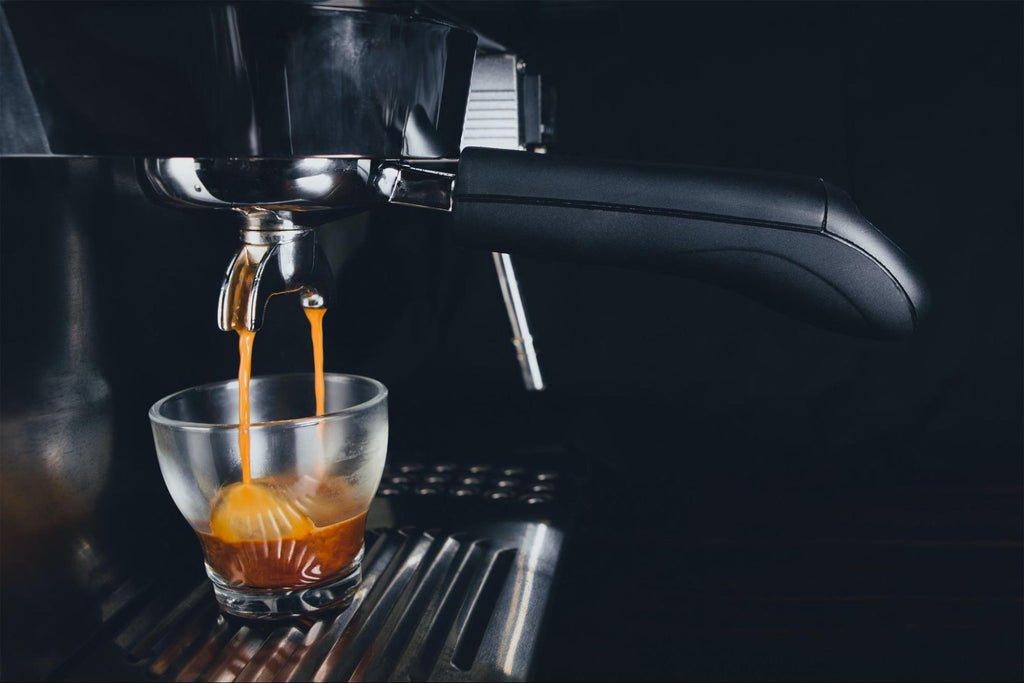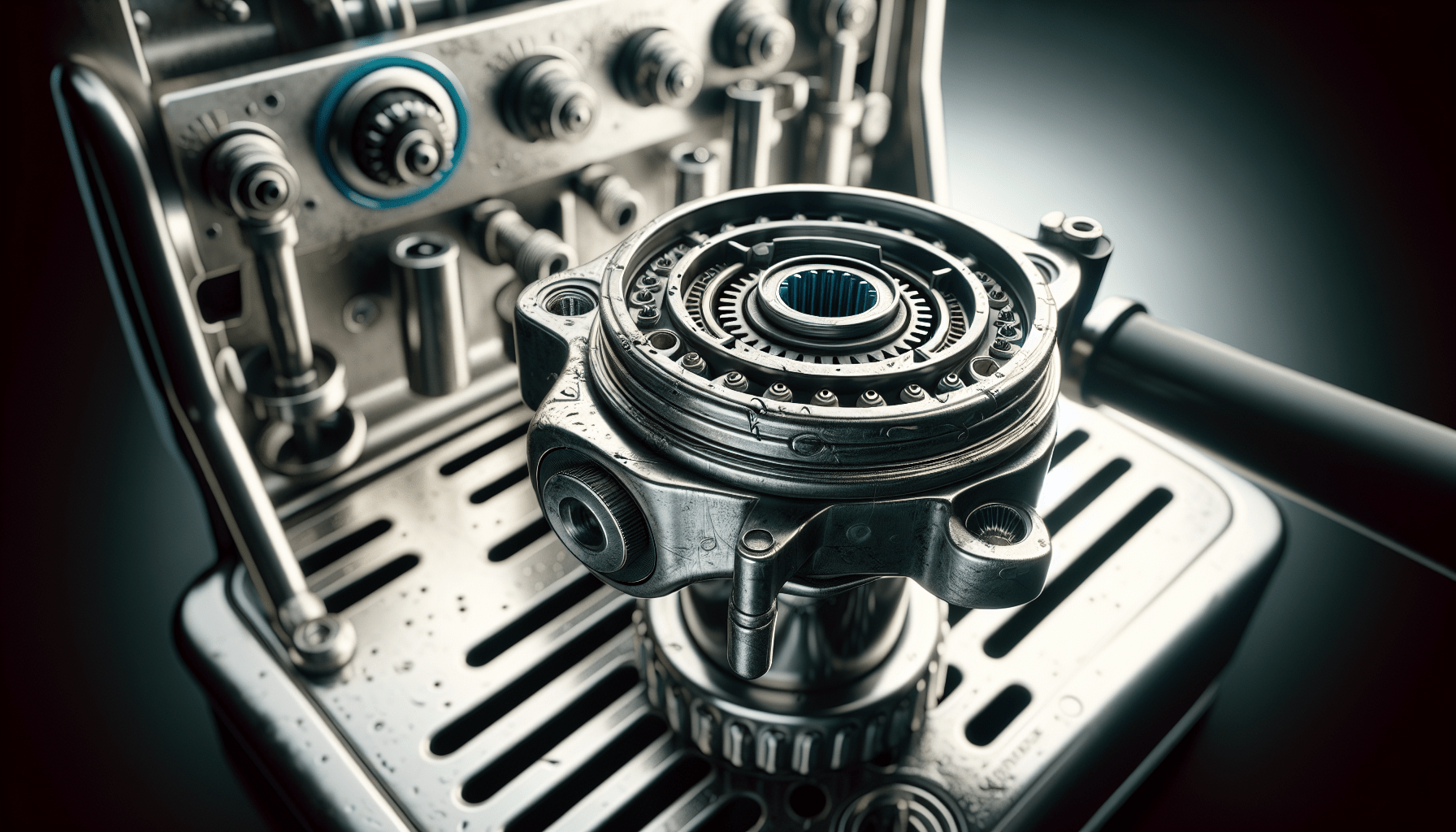So, you’ve got yourself a shiny new semi-automatic espresso machine, huh? Well, isn’t that something to be excited about! But hold on just a second, because as with any new gadget, you might run into a few hiccups along the way. Don’t worry though, we’ve got your back. In this article, we’ll walk you through ten troubleshooting tips that will help you tackle common issues that might arise with your beloved caffeine-making companion. From dealing with low water pressure to fixing leaking seals, we’ve got the know-how to keep your semi-automatic espresso machine running smoothly. So grab a cup of your favorite brew, sit back, and let’s troubleshoot together!

1. Machine Not Turning On
If your semi-automatic espresso machine is not turning on, there are a few things you can check to resolve the issue. First, make sure that the power source is working and that the machine is properly connected. Sometimes, a loose power cord or a faulty outlet can cause the machine to not turn on. Check the power cord for any visible damage and replace it if needed. Additionally, try resetting the machine by unplugging it from the power source, waiting for a few minutes, and then plugging it back in. If none of these steps work, it could indicate a more significant electrical problem, and you should consider contacting a professional for assistance.
2. Insufficient Coffee Extraction
If you’re noticing that your coffee extraction is not up to par, there are a few factors to consider. First, check the grind size of your coffee beans. If the grind is too coarse, the water will pass through too quickly, resulting in under-extracted coffee. Conversely, if the grind is too fine, the water will struggle to pass through, leading to over-extracted coffee. Adjust the grind size accordingly to achieve the desired extraction time. Additionally, ensure that you are using the proper tamping technique when filling the portafilter with coffee. A consistent and level tamp will help distribute the water evenly through the coffee bed. Lastly, clean the portafilter and group head regularly to remove any buildup that may be affecting the extraction. If none of these steps improve the extraction, it may be time to descale your machine to remove any mineral deposits that could be obstructing the flow of water.
3. Weak or Bitter-Tasting Coffee
If your coffee is tasting weak or bitter, there are a few variables to consider. First, check the freshness and quality of your coffee beans. Coffee is at its best within a few weeks of being roasted, so it’s crucial to use fresh beans for optimal flavor. Additionally, consider adjusting the dosage of coffee you’re using. If your coffee tastes weak, try increasing the dosage slightly. On the other hand, if your coffee tastes bitter, decrease the dosage. Another factor to consider is the cleanliness of your grinder burrs. Over time, coffee oils and residue can build up on the burrs, affecting the taste of your coffee. Regularly clean the burrs to ensure they’re in optimal condition. Ensure that the water temperature is within the correct range for brewing coffee. If the water is too hot, it can result in a bitter taste, while too cold water may lead to a weak extraction. Finally, clean the shower screen and dispersion plate regularly to remove any coffee residue that could impact flavor.
4. Machine Leaking Water or Steam
If you notice water or steam leaking from your semi-automatic espresso machine, there are a few potential causes to investigate. First, check for loose or damaged fittings. Over time, vibrations from the machine can cause fittings to loosen, resulting in leaks. Tighten any loose fittings or replace damaged ones. Inspect the water tank and seals to ensure they are properly in place and not causing any leaks. If the leaks are coming from the steam wand, it may be due to a buildup of milk residue. Clean the steam wand thoroughly to remove any obstructions. If the issue persists, you may need to replace faulty gaskets or o-rings, which can wear out over time and cause leaks.

5. Pump Not Priming or Noisy Operation
If your espresso machine’s pump is not priming or making unusual noises, there are a few steps you can take to troubleshoot the issue. First, check the water tank level. If it’s too low, the pump may struggle to prime properly. Ensure that the tank is filled to the proper level. Next, check the valve positions on your machine. Incorrect valve positions can inhibit the pump’s ability to prime. Make sure all valves are in the correct position for brewing espresso. If the pump is noisy or not operating smoothly, it may be due to a blockage. Clean the pump thoroughly, removing any debris that may be obstructing its operation. If the pump continues to exhibit issues, it may be time to replace the worn-out pump for optimal performance.
6. Dripping or Slow-Flowing Espresso
If you’re experiencing issues with your espresso dripping or flowing slowly, there are a few potential causes to address. First, clean and unclog the portafilter spouts. Over time, coffee residue can accumulate and restrict the flow of espresso. Use a small brush or paperclip to remove any obstructions. Additionally, check for scale buildup in the water line. If your water source is high in minerals, scale can develop and affect the flow of water. Descale your machine regularly to remove any scale buildup. Adjusting the grind size and dosage can also have an impact on the flow of espresso. Experiment with different settings to find the optimal combination for your preferences. If none of these steps alleviate the issue, it may be necessary to replace worn-out or faulty gaskets, which can affect the seal and flow of water through the machine.
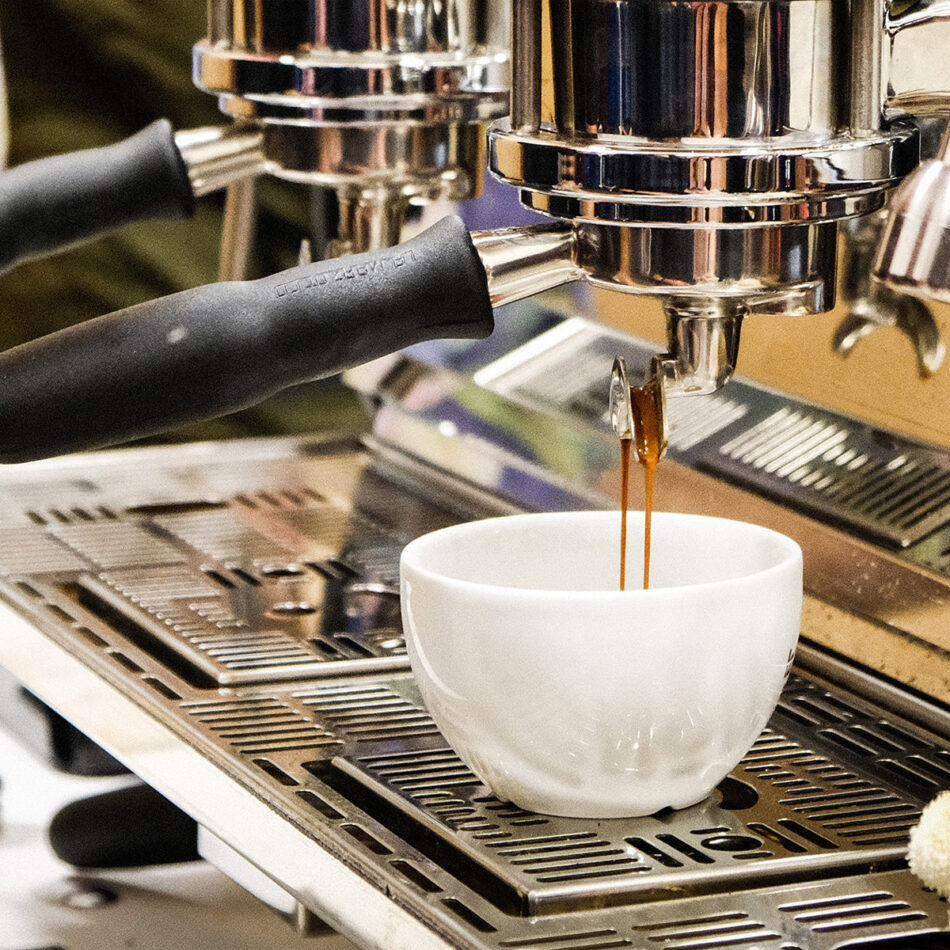
7. Frothing Issues with Steam Wand
If you’re experiencing difficulties with the steam wand when frothing milk, there are a few factors to consider. First, ensure that the steam wand is fully submerged in the milk. If it’s not positioned correctly, you may encounter issues with steaming and frothing. Clean and purge the steam wand before each use to remove any milk residue that could affect performance. Check for blockages in the wand itself, as leftover milk can obstruct the steam flow. If necessary, use a pin or small brush to clear any obstructions. Finally, adjust the steam pressure to achieve the desired froth texture. Increasing the pressure will produce more microfoam, while reducing the pressure will result in a drier froth.
8. Machine Not Heating Up
If your coffee machine is not heating up, there are a few possible causes to investigate. First, ensure that the machine is properly turned on. It may seem obvious, but sometimes a simple oversight can lead to the machine not heating up. If the machine is on, check the heating element for any damage or malfunction. Over time, heating elements can wear out and require replacement. Regularly cleaning the boiler will help prevent scale buildup, which can affect the heating efficiency. If the issue persists, it may be necessary to replace a faulty thermostat, which controls the temperature of the machine.
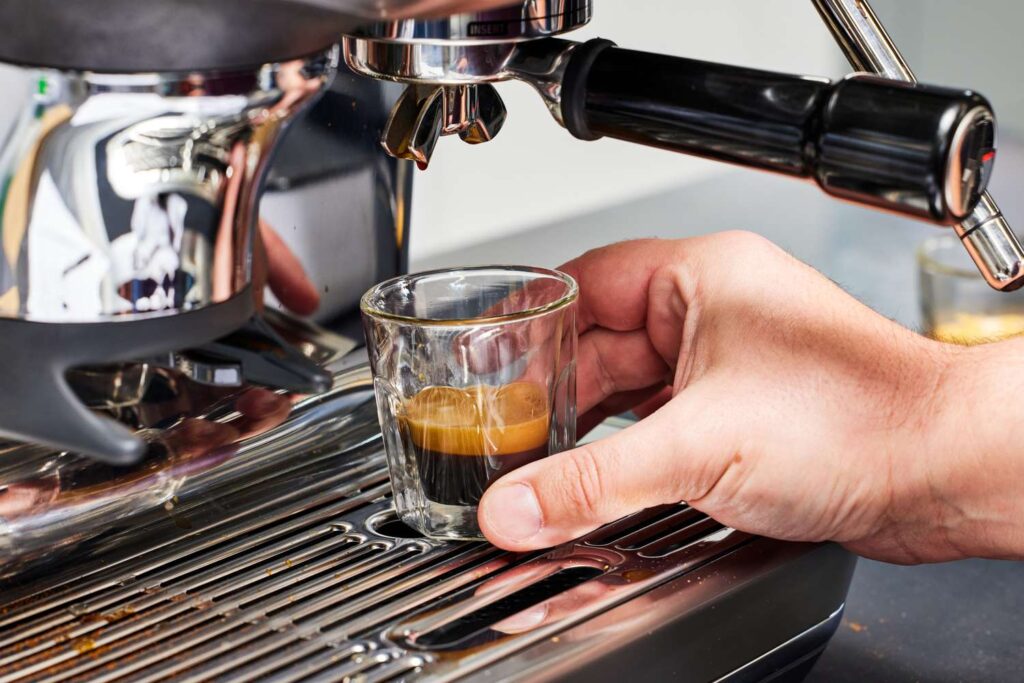
9. Grinder Not Working or Jammed
If your grinder is not working or becomes jammed, there are a few troubleshooting steps to take. First, check the power supply to the grinder. Ensure that it’s connected and receiving power. If the power supply is not the issue, clear any clogs or obstructions in the grinder. Coffee oils and residue can build up over time and cause the grinder to become jammed. Clean the grinder thoroughly to remove any obstructions. If necessary, adjust the grind size to prevent future jams. If the grinder motor is faulty and not operating as it should, it may be necessary to repair or replace it to ensure proper functionality.
10. Excessive Steam or No Steam
If you’re experiencing issues with excessive steam or no steam at all, there are a few possible causes to address. First, check the steam valve to ensure it is closed or partially open. Incorrect valve positioning can result in either too much or no steam. Clean and descale the steam wand regularly to remove any buildup that could affect steam production. If the issue persists, check for blockages in the steam system. Milk residue or mineral deposits can obstruct the flow of steam. If necessary, disassemble the steam system and clean it thoroughly. Finally, if none of these steps resolve the issue, it may be necessary to replace a faulty steam control valve.
By following these troubleshooting tips, you can address common issues with your semi-automatic espresso machine and ensure consistently delicious coffee. Remember to regularly clean and maintain your machine to prevent any problems from arising and enjoy the perfect espresso every time!
